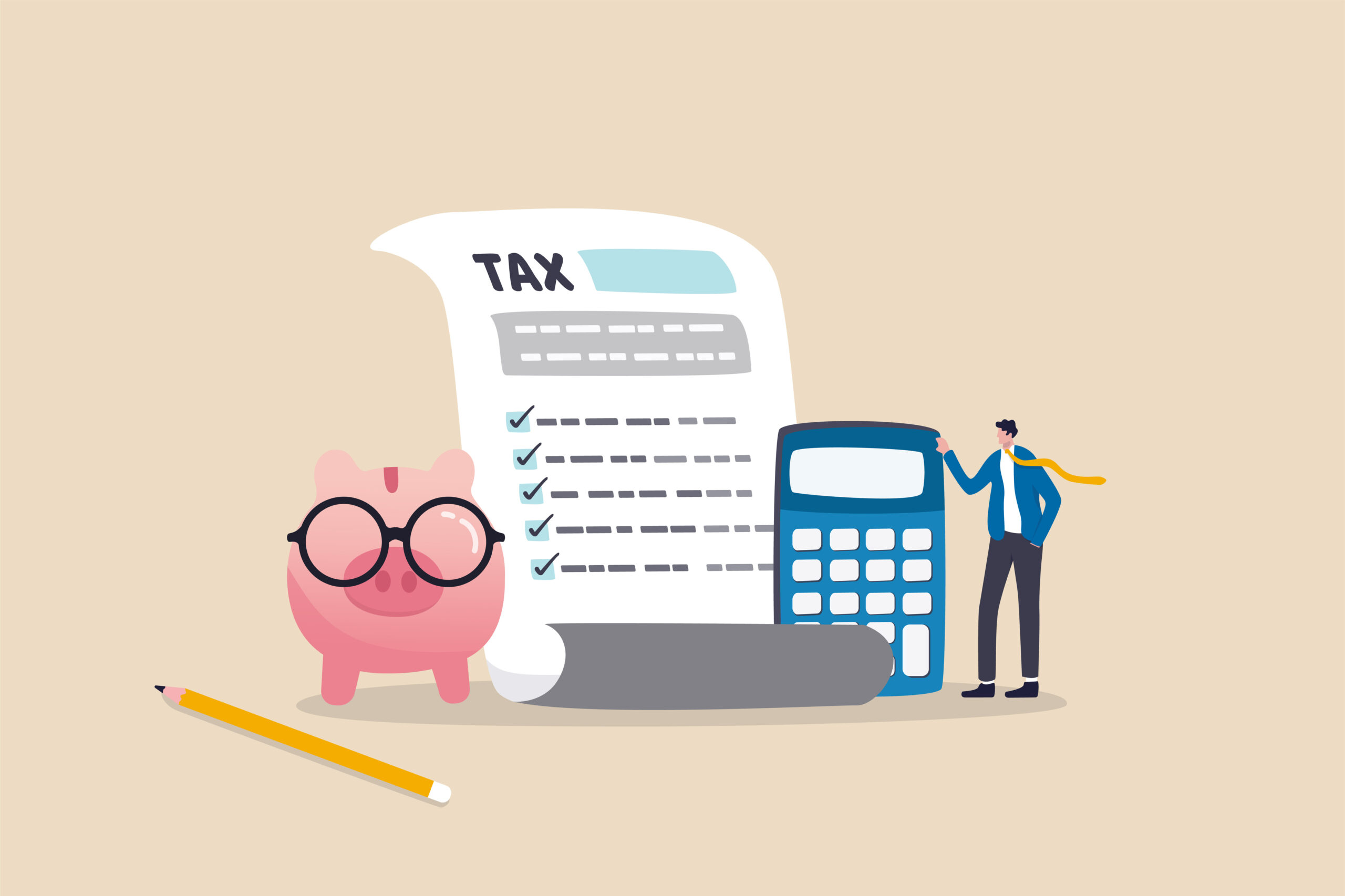Hello again, savvy savers!
Emma here, and as previously teased, we’re answering the tough questions today. We’ll do it by diving into an often-overlooked strategy to supercharge your retirement savings: Catch-Up Contributions. Time to address the all too common concern, “Is it too late for me to save for retirement?” Spoiler alert: with saveday, you’re just in time!
Understanding Catch-Up Contributions:
Believe me, I get it. Life happens, and saving for retirement might have taken a backseat. Whether it was unexpected expenses, prioritizing other life goals, or simply not having enough financial education early on (there’s no judgment here!) I’ve got good news. If you’re 50 or older, you have access to the lifeline of “Catch-Up Contributions”.
Unpacking the Benefits:
As of 2023, younger folks (like me) can contribute up to $22,500 in a given year. But…
Those aged 50 and up get to push their savings even further. They can contribute a whopping $7,500 more. If you were to start at 50 and retire at 65, it would only take investing that amount once to reach $125,317 by the time you decide to claim your nest egg at a 10% rate of return with compounding.
Saveday – Making Your Money Work for You:
When it comes to saving, I’ve learned that your biggest asset is time. Want to see how these catch-up contributions can give you the future you deserve? Plug in your savings to saveday today. Anyone else up for celebratory beachside mimosas?
The journey to retirement is a marathon, not a sprint. Whether you started your savings journey early or are lacing up your shoes a bit later, tools and strategies are available to ensure you finish strong. With catch-up contributions, you’re given a powerful boost to sprint toward a comfortable retirement. And that’s just the tip of the iceberg. Read on more to see how your dollar can work harder.
Saveday is here to unravel all your tough money questions, and to make it work for you.
Hungry for more saving insight? Check out the saveday blog for some more inspiration!
Until next time,
-Emma









